- Joined
- Jul 3, 2004
- Messages
- 3,714
- Reaction score
- 531
- Location
- Here N There
- Website
- img24.photobucket.com
I still can't get it. How do I capture the moon with its texture without under exposing? What ISO of film should I use. Do I use small aparture long shutter or vice versa?



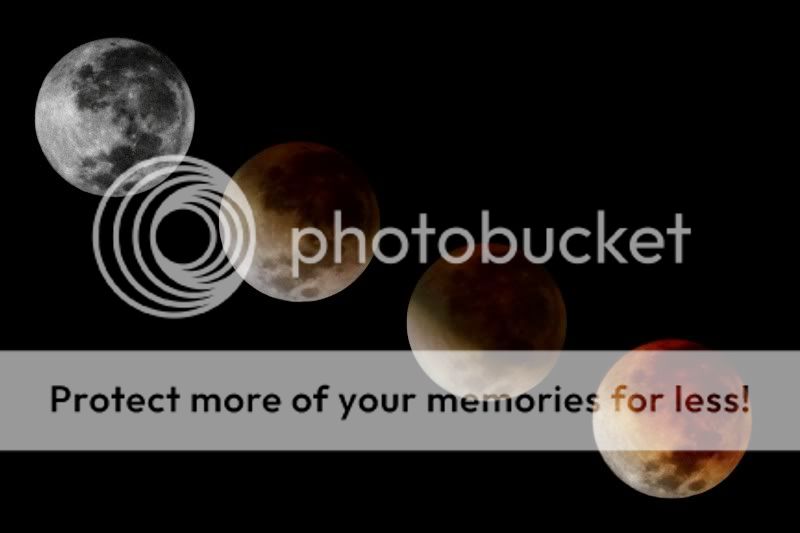
 Jadin, I notice on your site you have a lot of evening/night time shots so I guess you enjoy taking those sort of pictures.
Jadin, I notice on your site you have a lot of evening/night time shots so I guess you enjoy taking those sort of pictures.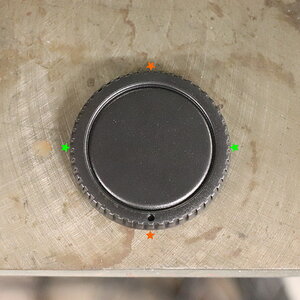
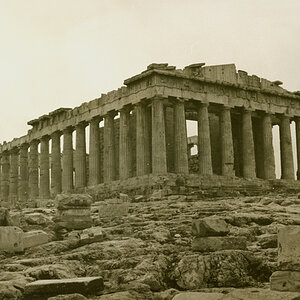
![[No title]](/data/xfmg/thumbnail/30/30880-eb7252c7e6df26b6cbc7065d2838df96.jpg?1619734495)
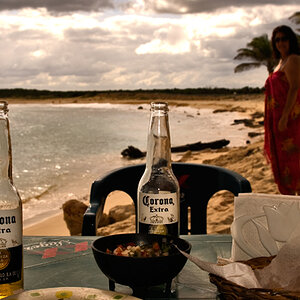
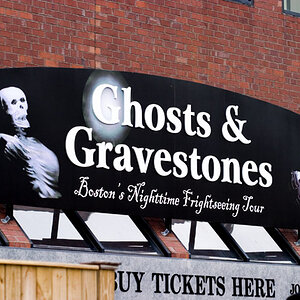


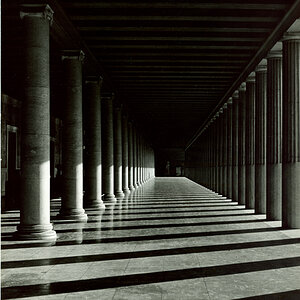
![[No title]](/data/xfmg/thumbnail/42/42329-331b54ea6493a8cdd21d8e624fe97e85.jpg?1619740129)
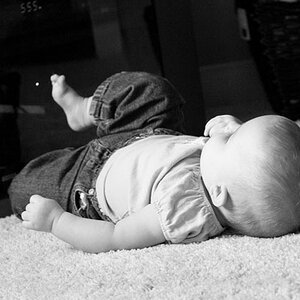
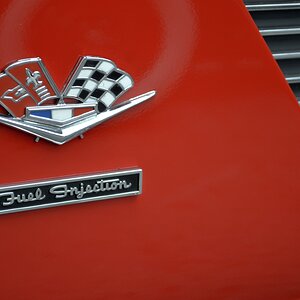
![[No title]](/data/xfmg/thumbnail/32/32926-ec27ecead8c80d803404500d8f888dbf.jpg?1619735754)